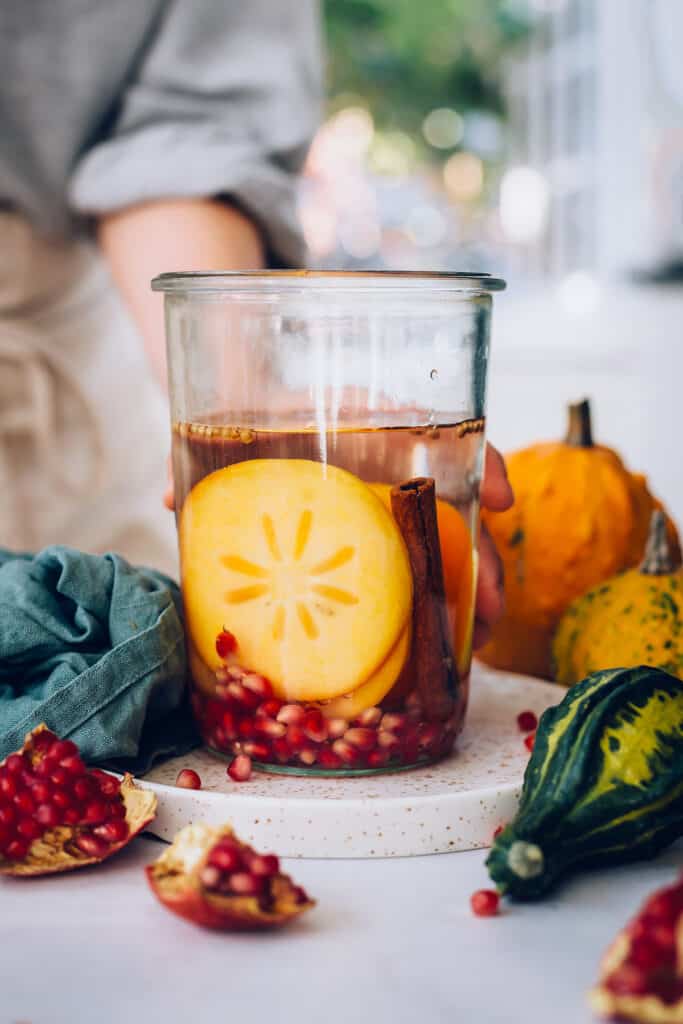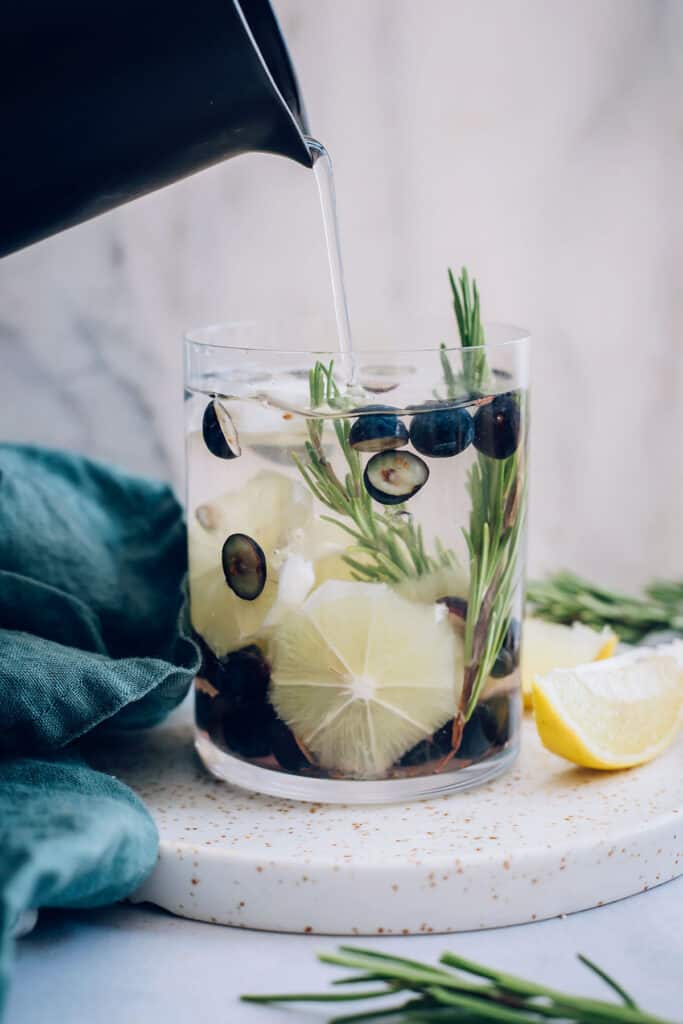
Normally, the lining of your intestines is covered with thousands of species of bacteria, some fungi, and even some viruses and parasites. The good bugs, or probiotics, normally work with your body to maintain good digestion. However, the balance of good bugs and bad bugs can get thrown off. When this happens, yeast can take over.
This may happen if one frequently uses antibiotics or overeats sugar or other simple carbs. Good bugs are killed by the antibiotics; bad bugs are fueled by extra sugar. The gut’s delicate ecosystem is thrown off and the bad bugs take over, which can result in many chronic illnesses and symptoms including allergies, chronic inflammation, joint problems, mood and brain disorders, digestive symptoms and more.
Full-blown yeast infections are most commonly seen in those who have compromised immune systems: those with HIV/AIDS, many cancer patients, and those who have gotten an organ transplant. However, non-immunocompromised people can still experience problems from yeast overgrowth.
Yeast Overgrowth Symptoms
You may have a yeast problem if you have one or more of these symptoms:
General Symptoms
- Chronic fatigue
- Loss of energy
- General malaise
- Decreased libido
- Inability to concentrate
- Irritability
Gastrointestinal Symptoms
- Bloating and gas
- Intestinal cramps
- Itching in anal region
- Diarrhea or constipation
Urinary Symptoms
- Yeast infections
- Frequent bladder infections
- Irritable bladder (also known as interstitial cystitis)
Immune System Complaints
- Allergies
- Sensitivities to certain foods or chemicals
- Low immune function
Past History Of
- Chronic yeast infections
- Chronic antibiotic use for infections or acne
- Using oral birth control pills or steroids
- Irritable bowel syndrome
- Eczema or psoriasis
Other Symptoms or Conditions
- Menstrual irregularities like pain, bleeding, etc.
- Depression
- Thyroid dysfunction
- Craving for foods rich in carbohydrates or yeast
- Toenail fungus
Yeast infections affect people differently. Hence, this list of symptoms is very broad and can mimic symptoms associated with other conditions. If you are experiencing more than one of these symptoms, you should take a simple yeast test. It only takes 15 minutes and requires a glass of water and your saliva.
The Simple Yeast Test
Take a clear glass of water and spit into it within 30 minutes of waking up. Make sure you build up a bunch of saliva, but just saliva from your mouth – don’t cough up anything. Do this before you rinse, spit or put anything into your mouth. Then wait for 15 minutes.
Your saliva will float on the surface of the water, which is normal. However, if you see cloudy saliva that sinks to the bottom of the glass like sediment, you may be seeing colonies of yeast. You may also see the saliva on the top with tiny strings that start to hang down that may look like jellyfish, hair, or spider legs, or suspended specks of yeast floating in the middle of the glass.
Keep in mind, this test is not 100% accurate and it’s not the only test you can take to test for yeast. You can also have your doctor take a swab sample from your mouth or your vagina and test it for yeast overgrowth. Doctors can also do blood tests for yeast antibodies, stool tests or organic acid urine tests for yeast metabolites. However, the best method of diagnosis comes from a good solid history of symptoms.
How to Manage Yeast Overgrowth
Wellness physician and dietician, Dr. Elizabeth Boham suggests three easy steps that can help fight yeast overgrowth symptoms and fight your exhaustion.
The first step is called the cut out and cut back approach. This involves cutting the yeast’s fuel, allowing your immune system to kick in and fight the yeast. Skip sugary foods like baked goods, ice cream and candy. You should also cut back on starches, like potatoes, bread, pasta and cereal. These sugary and starchy foods encourage the growth of unhealthy bacteria and yeast.
Instead, eat foods that help your good bacteria take over. Focus on fermented foods, which have good bacteria in them. They include foods like sauerkraut and kimchi, which you can put in eggs, soups or rice. Vegetables are always a good idea because of their high-fiber content. Some high-fiber grains like quinoa, oats, brown rice, seeds, nuts and buckwheat are also helpful. Fiber helps to feed and nurture the good bacteria.
The second step involves using probiotics to tip the scales in your gut. By building up good bacteria in your gut, you help counter the effects of the yeast and bad bacteria causing inflammation and irritation within the gut. Yogurt and fermented foods are both great sources of probiotics; however, if you need a more powerful dose, you may want to get your probiotics from a pill that has at least 25 billion active live organisms. Learn more about probiotics.
The third step involves combating the yeast directly with anti-fungal herbs. Two helpful herbs are raw garlic and thyme. Dr. Boham recommends eating 1 to 2 cloves of raw garlic per day. Chop it up and put it in olive oil or add some to a salad. As for thyme, you can use a thyme oil tincture on your skin in yeast-prone areas, for example to help treat athlete’s foot or an itchy scalp. Do not ingest the thyme oil, since it has been associated with toxic reactions.
Try this for two weeks and see if your symptoms go away. If not, see your doctor.





 Most conventional medical doctors feel that people can easily live without a gallbladder. So when patients come to them seeking treatment for a
Most conventional medical doctors feel that people can easily live without a gallbladder. So when patients come to them seeking treatment for a 